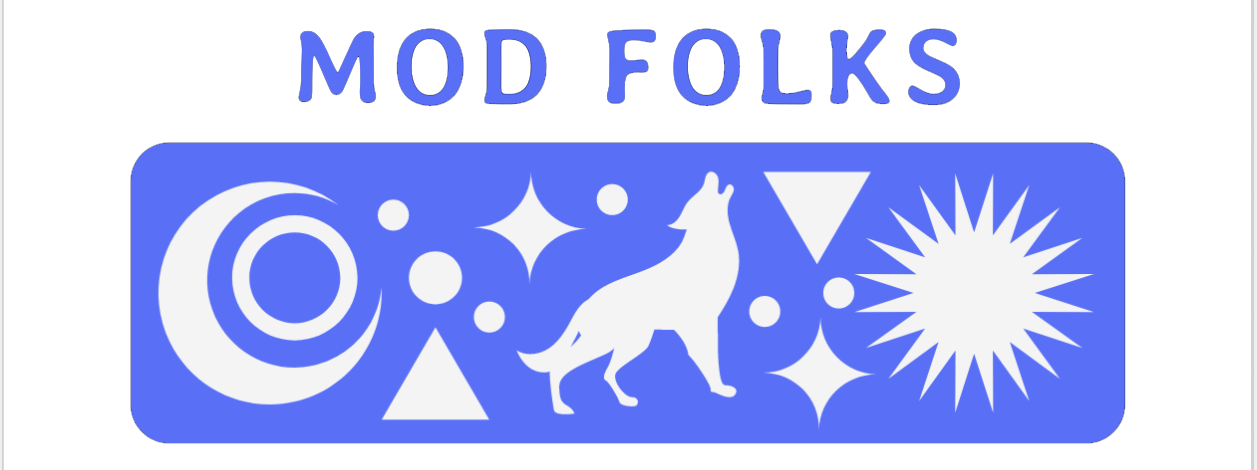

When it comes to treating joints with restricted range of motion (ROM), physical therapy can be quite successful. Physical therapy Miami aims to lessen pain and discomfort while enhancing flexibility, strength, and functional mobility. Here are some typical methods and methods that a physical therapist might employ to treat restricted range of motion:
Stretching exercises: Stretching that is gentle and focused helps enhance joint mobility and flexibility. Your physical therapist will create a stretching regimen that concentrates on the particular joint or muscle group that is causing limited range of motion.
Exercises for Passive Range of Motion (PROM): Your physical therapist may carry out passive range of motion exercises if you are unable to move a joint on your own. To avoid stiffness and maintain flexibility, they will gently manipulate the joint through its entire range of motion.
Exercises for Active Range of Motion (AROM): In these exercises, you actively move the joint through its range of motion. The intensity and complexity of these exercises may be gradually increased by your physical therapist as your strength and mobility advance.
Exercises to Build Muscle: Building muscle around an injured joint can help stabilise and support it. Strengthening activities can enhance joint performance and lower the chance of developing new limits.
Joint Mobilisation and Manipulation: The physical therapist will use manual techniques to move the joint gently in order to increase its mobility and reduce stiffness. A good therapist will typically manipulate and mobilise joints.
Heat and Cold Therapy: While cold therapy can lessen inflammation and ease discomfort, heat therapy can aid to relax muscles and increase blood flow. These techniques could be employed by your therapist to assist in symptom management.
These modalities—ultrasound and electrical stimulation—may help with pain management, muscle relaxation, and blood flow enhancement, all of which can improve joint mobility.
Functional Movement and Activities Re-education: Your therapist could mimic actions and movements that tax the range of motion in the injured joint. This facilitates applying your therapy progress to regular tasks.
Home Exercise Programme: To continue your rehabilitation outside of treatment sessions, your physical therapist will probably give you a personalised home exercise programme. Long-term development requires consistency with these activities.
Education and alterations to lifestyle Your physical therapist in one on one physical therapy could provide you advice on good posture, body mechanics, and behaviours that could limit joint mobility. Changing your routines and hobbies can help you achieve greater ROM.